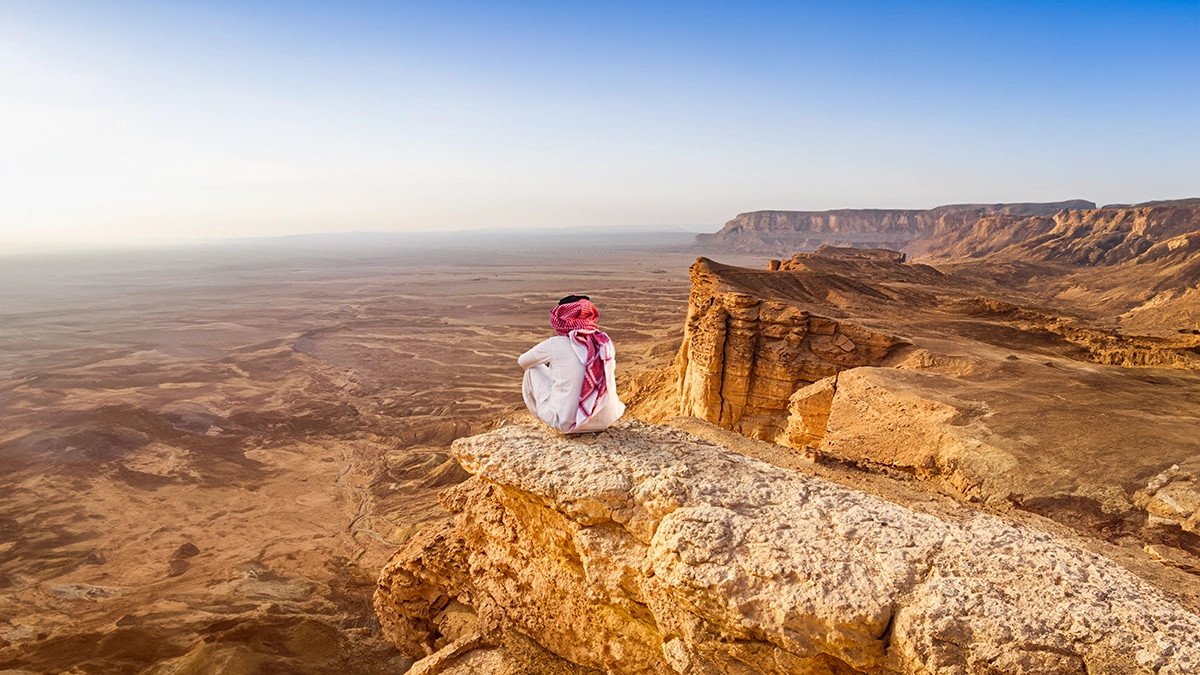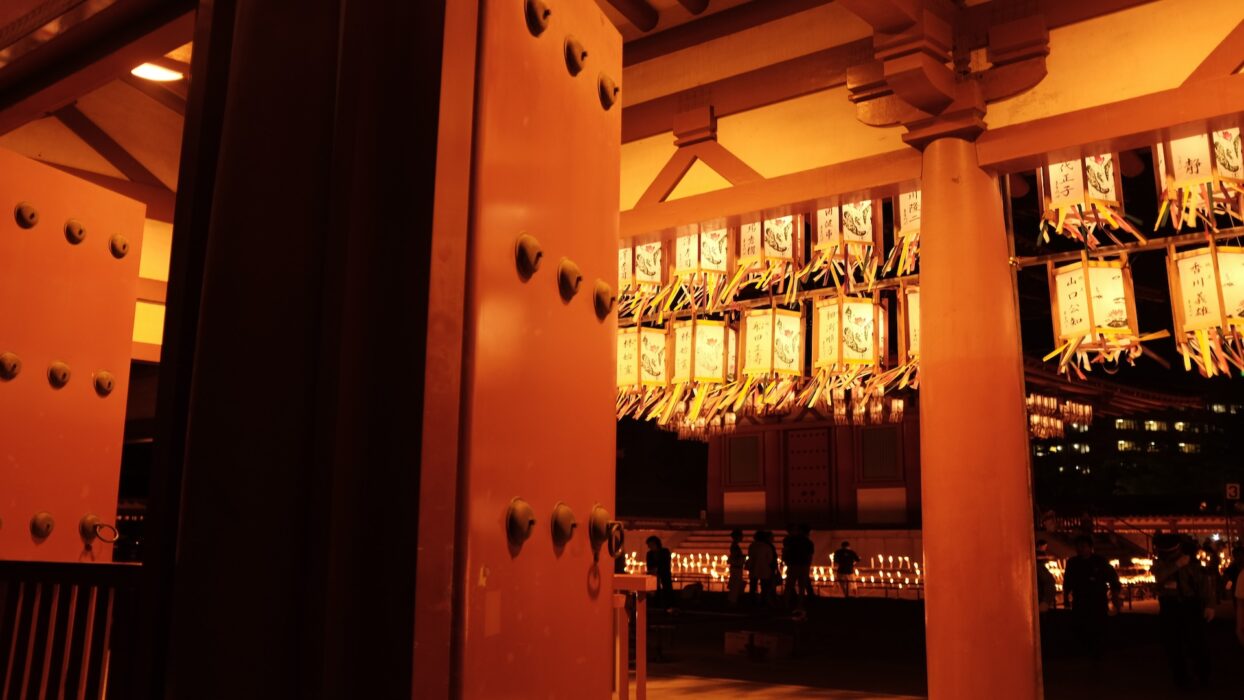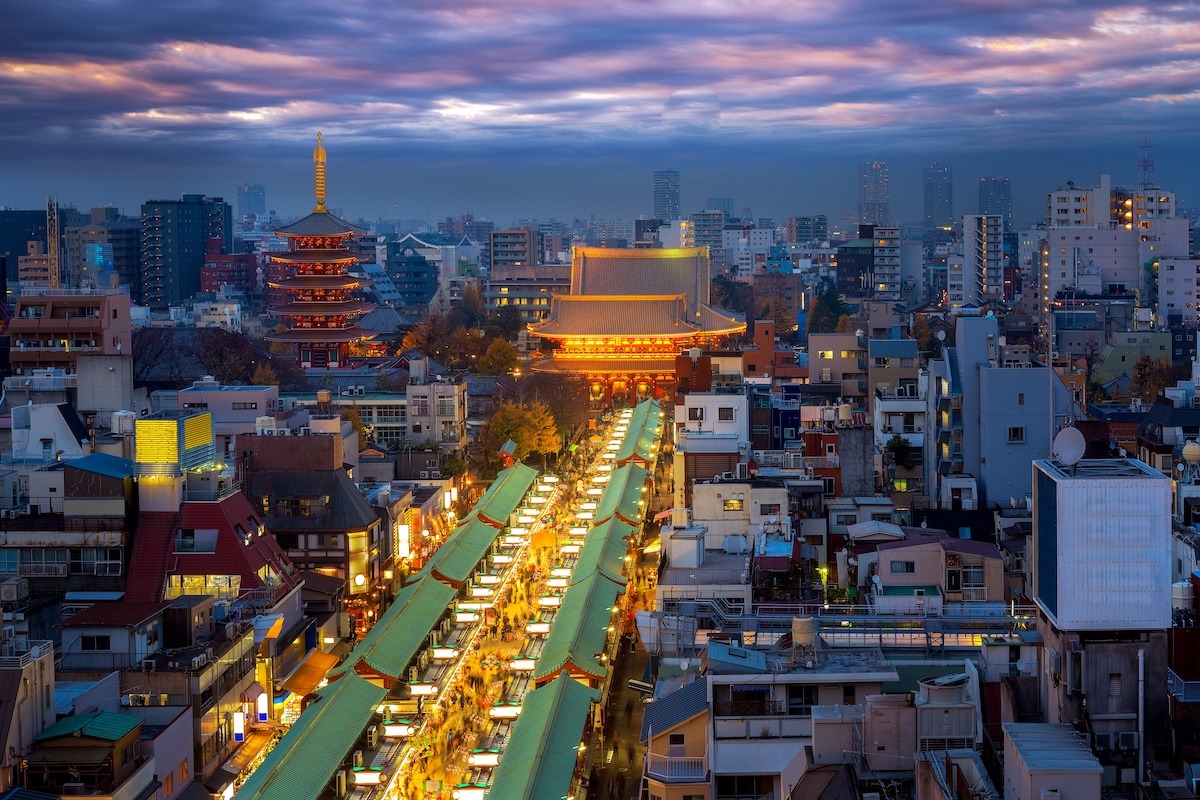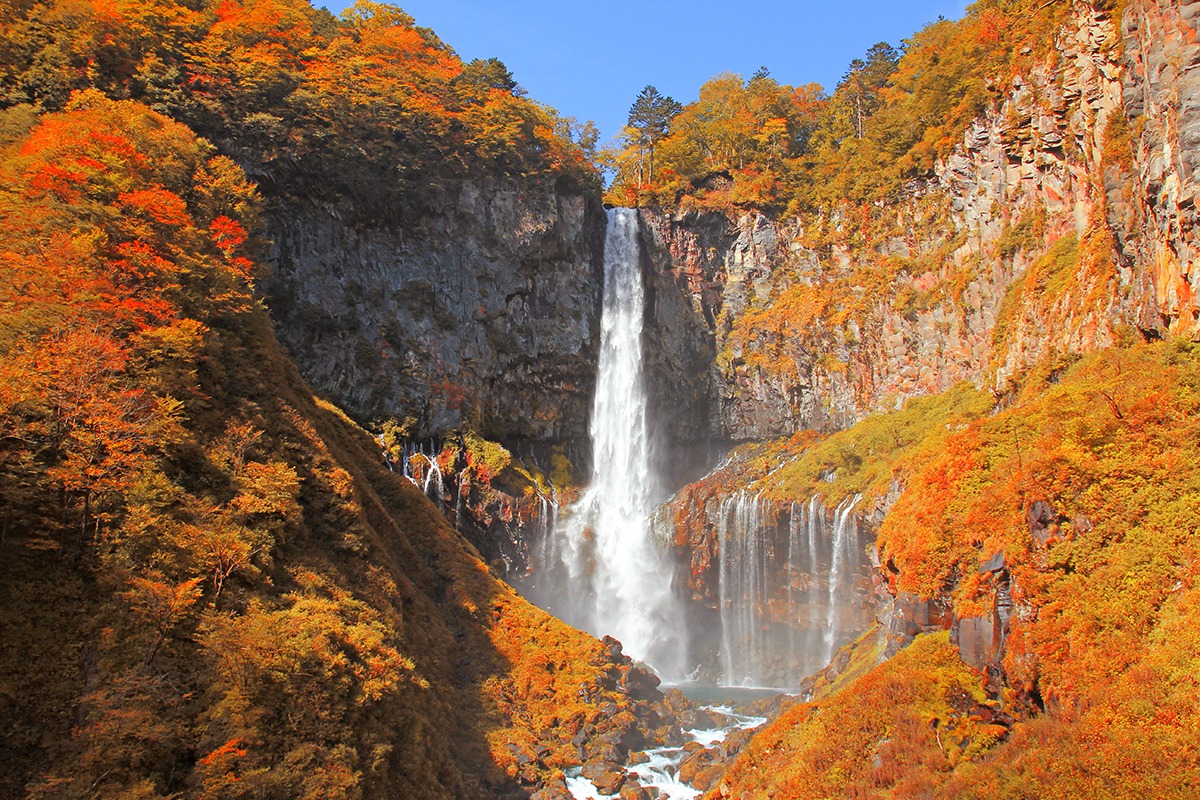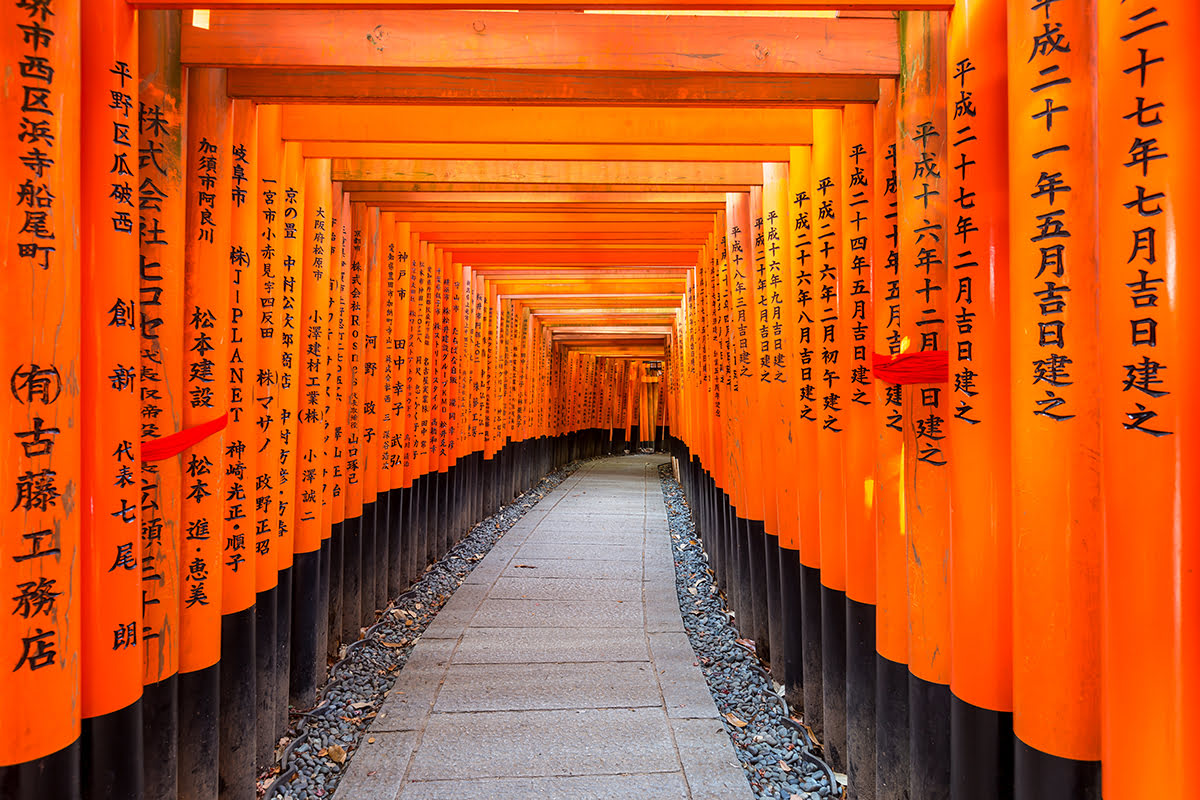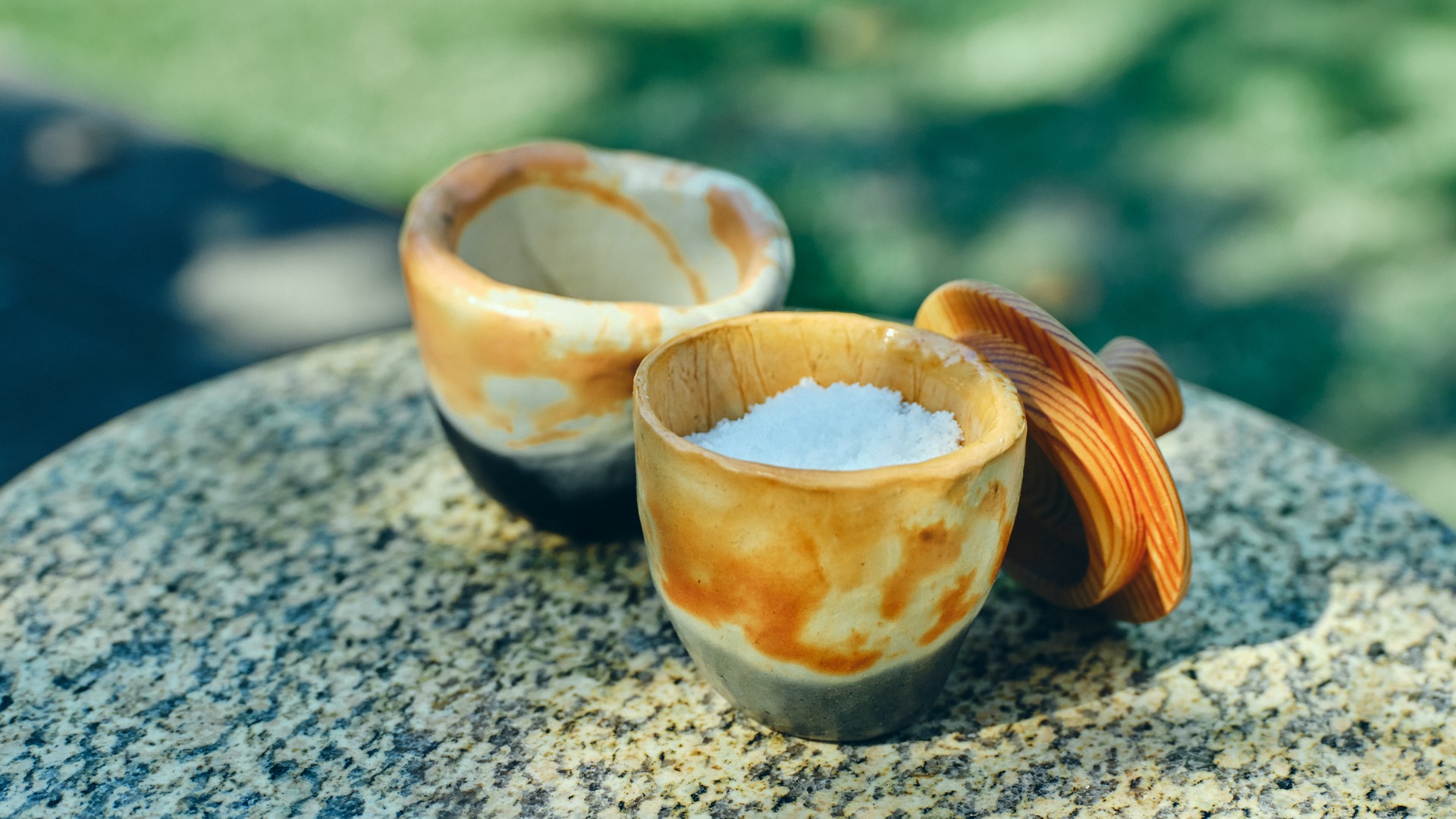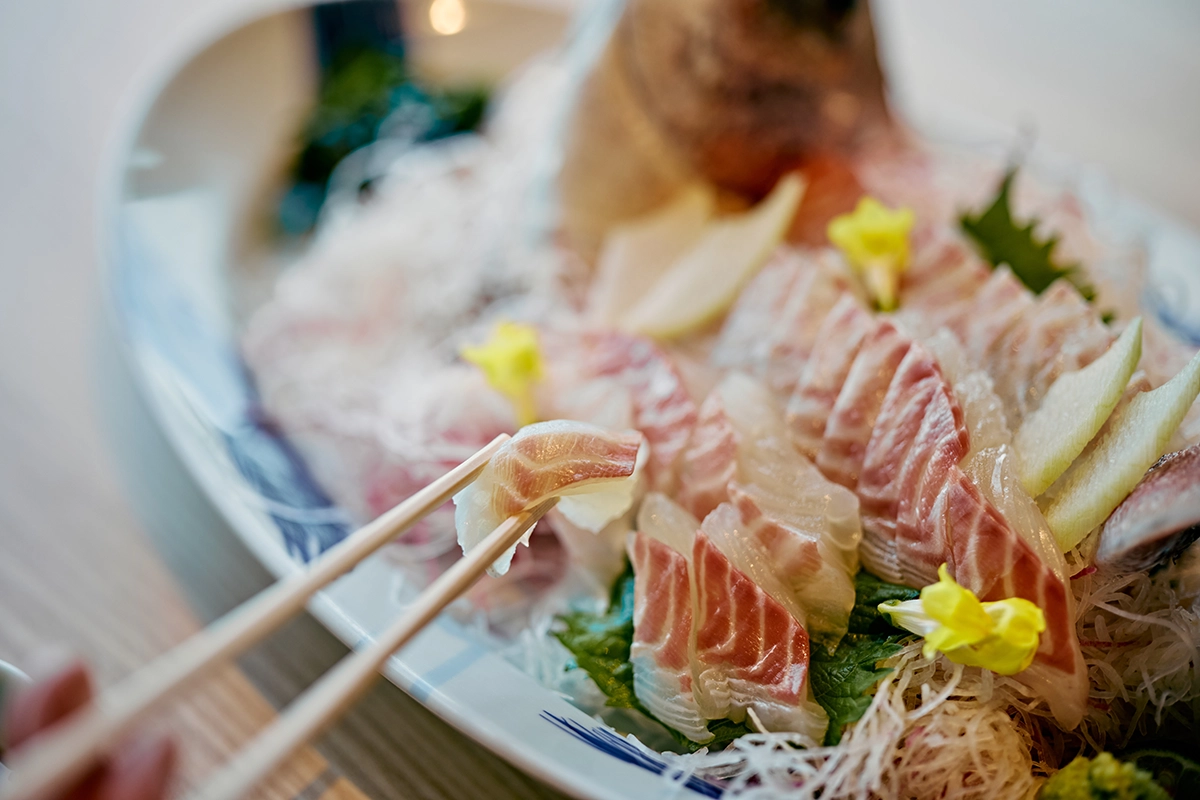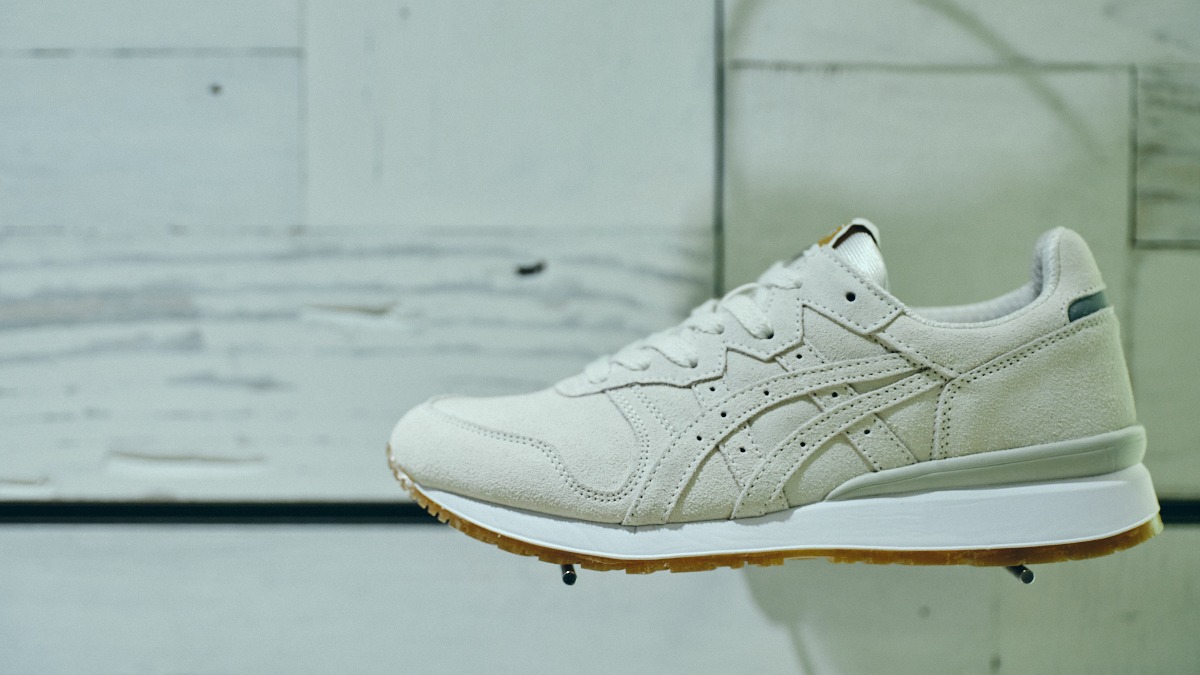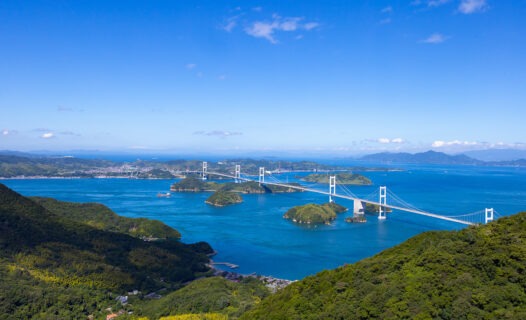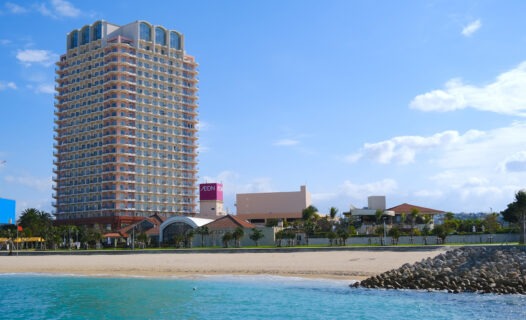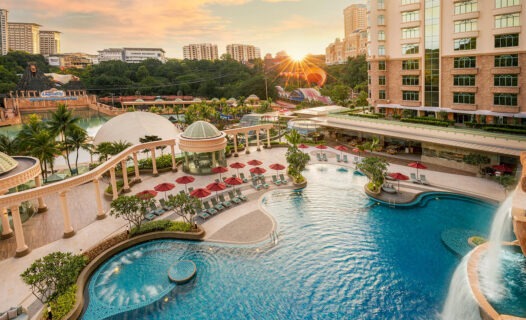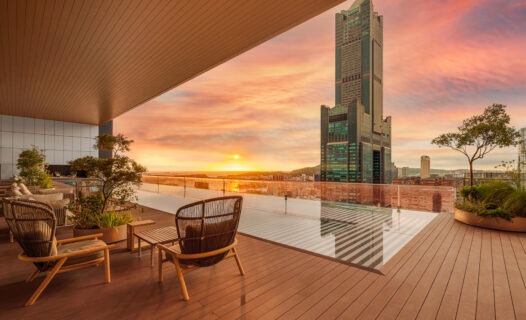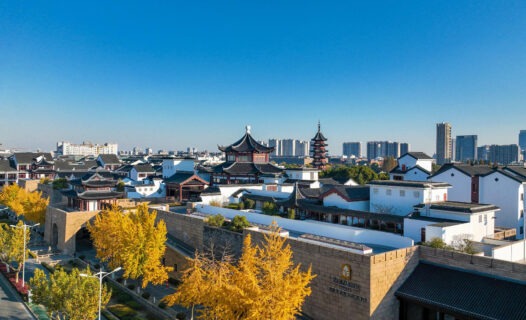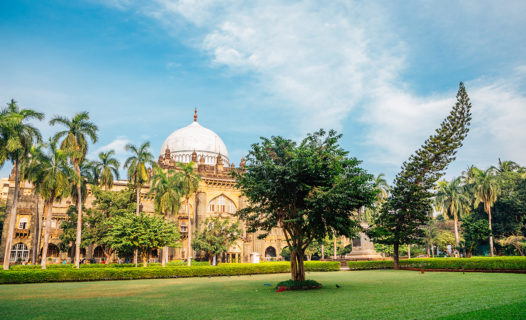Welcome to your complete travel guide for Obon 2024 in Japan. This guide will provide you with all the information you need to celebrate and experience the rich traditions, festivals, and cultural events during this significant holiday. Let’s start with a detailed itinerary to make the most of your Obon holiday.
Day 1: Arrival in Tokyo and Exploration
Morning: Arrive in Tokyo, the bustling capital of Japan. After your long flight, take some time to relax and get settled at your accommodation. Consider staying at a hotel in the Asakusa area, known for its historic temples and vibrant atmosphere. Check out Agoda for a variety of hotel options in Tokyo.
Afternoon: Begin your journey with a visit to Senso-ji Temple in Asakusa. This iconic temple is a must-visit, especially during the Obon festival. You will see locals making offerings and paying respects to their ancestors, a key tradition of Obon. The vibrant Nakamise Shopping Street leading up to the temple is filled with stalls selling traditional snacks and souvenirs.
Evening: As night falls, head to the Sumida River area. During Obon, the Sumida River is illuminated with floating lanterns as part of the Toro Nagashi (lantern floating) ceremony, symbolizing the guiding of spirits. This serene and beautiful sight is a perfect way to immerse yourself in the cultural essence of Obon.
Dining: For dinner, explore traditional Japanese cuisine at a local izakaya (Japanese pub). Experience dishes such as yakitori (grilled chicken skewers), sashimi, and tempura. The atmosphere in an izakaya is lively and offers a great introduction to Japanese food culture.
Tip: To experience the best of Tokyo’s Obon celebrations, make sure to plan your visit to coincide with the peak festival dates around mid-August. This ensures you can witness all the traditional events and activities that take place during this vibrant period.
Stay tuned for Day 2 of your itinerary, where we will delve into cultural tours and scenic spots outside of Tokyo.
Day 2: Cultural Tours and Scenic Spots Outside Tokyo – Nikko
Morning: Start your day early and take a trip from Tokyo to Nikko, a beautiful town known for its historical sites and natural beauty. You can reach Nikko by taking a train from Asakusa Station to Tobu-Nikko Station. The journey takes approximately two hours.
Once you arrive, head to the Onsenji Temple. This temple is particularly special during Obon, as it hosts beautiful ceremonies and rituals to honor the ancestors.
Afternoon: After exploring the temple, take a short drive to the scenic Kegon Falls, located in the Nikko National Park. The falls are one of Japan’s three most beautiful and offer a refreshing escape from the summer heat. Enjoy the breathtaking views and the lush greenery surrounding the area.
Next, visit the Toshogu Shrine, the final resting place of Tokugawa Ieyasu, the founder of the Tokugawa shogunate. The shrine is renowned for its elaborate carvings and rich history. The peaceful atmosphere here makes it an ideal place to reflect and appreciate the cultural heritage of Japan.
Evening: Return to the town center of Nikko and spend the evening exploring the local shops and restaurants. Try some local specialties like yuba (tofu skin) and Nikko Himonya (local sake).
Dining: For dinner, consider dining at a traditional ryokan (Japanese inn) that serves kaiseki, a multi-course Japanese dinner. This will allow you to experience the elegance and intricacy of traditional Japanese cuisine in a serene setting.
Tip: Booking a stay in a local ryokan not only enhances your travel experience but also provides you with an authentic taste of Japanese hospitality. Many ryokan around Nikko offer hot springs and scenic views, making your stay both comfortable and memorable.
Stay tuned for Day 3 of your itinerary, where we continue our journey through beautiful landscapes and historic sites in Japan.
Day 3: Exploring Kyoto’s Historic and Cultural Heritage
Morning: From Tokyo, take an early morning Shinkansen (bullet train) ride to Kyoto, the cultural heart of Japan. The journey takes around 2 hours and 30 minutes. Upon arrival, check into your accommodation. Kyoto offers a range of options from luxury hotels to traditional ryokan. Explore accommodation options in Kyoto on Agoda.
Afternoon: Start your exploration with a visit to Fushimi Inari Shrine, famous for its thousands of red torii gates that form a stunning pathway up the mountain. The shrine is dedicated to Inari, the Shinto god of rice and prosperity. The hike to the summit offers incredible views and a serene atmosphere.
Next, visit the Gion District, known for its well-preserved wooden machiya houses and traditional teahouses. This area is also where you might catch a glimpse of Geisha or Maiko (apprentice geisha). The streets of Gion are particularly picturesque and offer numerous shops selling traditional crafts and souvenirs.
Evening: As the evening sets in, head to the Kamo River for a tranquil stroll. During Obon, the riverside is often adorned with lanterns and lights, creating a magical ambiance. It’s a perfect time to relax and soak in the atmosphere of Kyoto.
Dining: For dinner, treat yourself to a traditional kaiseki meal at one of Kyoto’s many renowned kaiseki restaurants. Kaiseki is a multi-course meal that showcases the season’s freshest ingredients and exquisite culinary techniques. Each dish is a work of art and offers a taste of Kyoto’s rich culinary heritage.
Tip: Make sure to wear comfortable walking shoes, as Kyoto is best explored on foot. Additionally, consider purchasing a day pass for the Kyoto City Bus and subway, which provides unlimited travel on the city’s public transport network.
